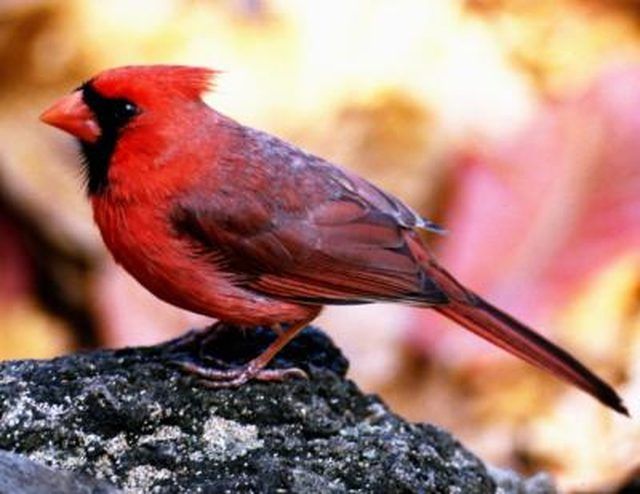Bulbs
Flower Basics
Flower Beds & Specialty Gardens
Flower Garden
Garden Furniture
Garden Gnomes
Garden Seeds
Garden Sheds
Garden Statues
Garden Tools & Supplies
Gardening Basics
Green & Organic
Groundcovers & Vines
Growing Annuals
Growing Basil
Growing Beans
Growing Berries
Growing Blueberries
Growing Cactus
Growing Corn
Growing Cotton
Growing Edibles
Growing Flowers
Growing Garlic
Growing Grapes
Growing Grass
Growing Herbs
Growing Jasmine
Growing Mint
Growing Mushrooms
Orchids
Growing Peanuts
Growing Perennials
Growing Plants
Growing Rosemary
Growing Roses
Growing Strawberries
Growing Sunflowers
Growing Thyme
Growing Tomatoes
Growing Tulips
Growing Vegetables
Herb Basics
Herb Garden
Indoor Growing
Landscaping Basics
Landscaping Patios
Landscaping Plants
Landscaping Shrubs
Landscaping Trees
Landscaping Walks & Pathways
Lawn Basics
Lawn Maintenance
Lawn Mowers
Lawn Ornaments
Lawn Planting
Lawn Tools
Outdoor Growing
Overall Landscape Planning
Pests, Weeds & Problems
Plant Basics
Rock Garden
Rose Garden
Shrubs
Soil
Specialty Gardens
Trees
Vegetable Garden
Yard Maintenance
How to Make Concrete Elephant Ear Birdbaths
How to Make Concrete Elephant Ear Birdbaths. Birdbaths do not merely function as watering holes for the neighborhood birds, squirrels, raccoons and other animals, but they also serve as decorative features in your landscaping. Birdbaths are usually made from plastic, copper or concrete. Many bird watchers prefer to make their own concrete...

Birdbaths do not merely function as watering holes for the neighborhood birds, squirrels, raccoons and other animals, but they also serve as decorative features in your landscaping. Birdbaths are usually made from plastic, copper or concrete. Many bird watchers prefer to make their own concrete birdbaths, but when you mix and pour your concrete, you're not limited to a standard birdbath bowl and pedestal. You can shape your birdbath in the form of a leaf, specifically a large elephant ear.
Things You'll Need
Elephant ear leaf
Scissors
30-lb. bag sand
Plastic wrap
60-lb. bag cement
Cardboard
Paint (optional)
Paintbrush (optional)
Sealant (optional)
Select the elephant ear leaf for your birdbath. Look for one with prominent veins and no holes or tears in it. Cut off the stem as close to the base as you can with a pair of scissors.
Make a pile with the sand, and place a piece of plastic wrap over it to cover it.
Set the elephant ear face down on top of the plastic-wrapped sand pile.
Mix the cement with water per the directions on the cement. A good mix should be thick -- not runny -- much like the consistency of mud.
Place the cement onto the very center of the elephant ear, and smooth it out to the outermost edges of the leaf. Cover the large veins on the elephant ear as well as you can with the cement. Be careful that you don't accidentally tear a hole through the leaf.
Make a rim for your elephant ear birdbath. Cut out a long, 1/4-inch-wide strip of cardboard. Place the cardboard all around the outer edges of the elephant ear, and use the cement to blend it in with the leaf.
Lay plastic wrap carefully over the elephant ear birdbath, and let the cement harden for 48 hours.
Turn the elephant ear over carefully, and take off the plastic wrap. Gently peel it away from the leaf.
Paint your elephant ear birdbath and seal it if you desire.